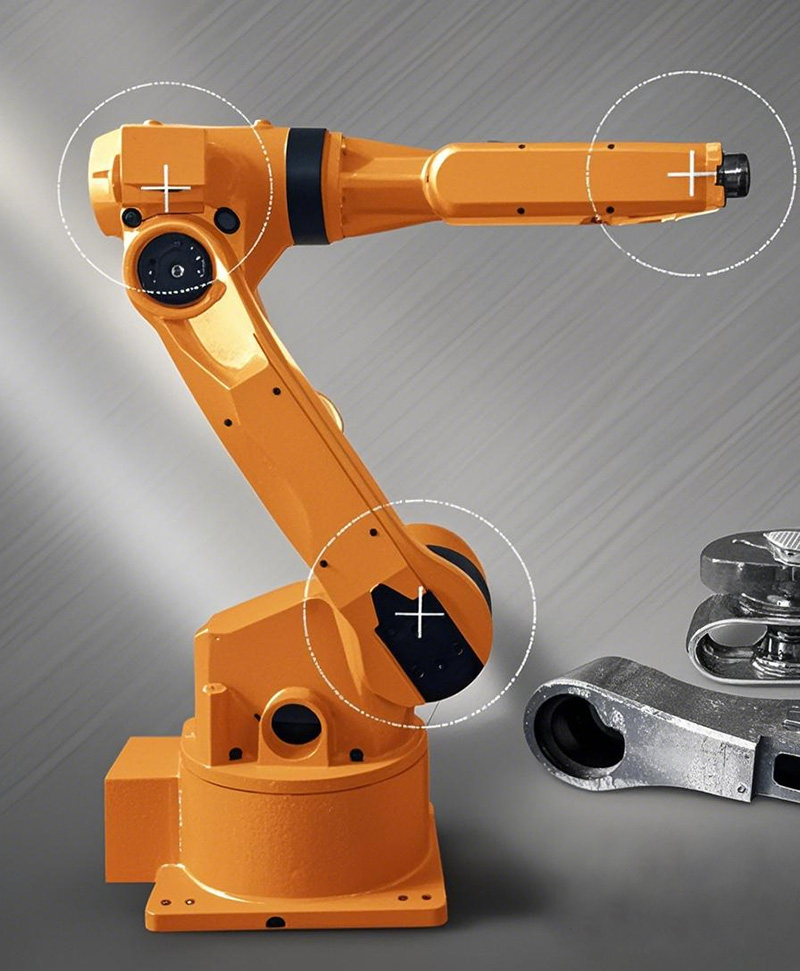Aluminum Alloy Castings in Robotics Manufacturing
Introduction
As robotics technology continues to advance, the demand for high-performance materials in manufacturing robotic components has increased significantly. Among various materials, aluminum alloy castings have emerged as a preferred choice due to their lightweight, durability, and excellent mechanical properties. This article explores the role of aluminum alloy castings in robotics manufacturing, highlighting their benefits, applications, and future prospects.
Benefits of Aluminum Alloy Castings in Robotics
Lightweight and High Strength
Aluminum alloys offer an excellent strength-to-weight ratio, making them ideal for robotic components that require both structural integrity and reduced weight.
Lighter robotic arms and frames contribute to improved efficiency and reduced energy consumption.
Corrosion Resistance
Many aluminum alloys possess natural corrosion resistance, which enhances the longevity of robotic components, especially in harsh industrial environments.
Superior Thermal and Electrical Conductivity
Aluminum alloys provide effective heat dissipation, essential for managing the thermal load in robotic systems.
Their electrical conductivity makes them suitable for electronic enclosures and shielding applications.
Precision and Complex Geometries
Aluminum casting techniques allow for intricate designs and tight tolerances, enabling the production of complex robotic parts with high precision.
Cost-Effective Manufacturing
The recyclability of aluminum and the efficiency of casting processes contribute to cost savings in large-scale robotic production.

Applications of Aluminum Alloy Castings in Robotics
Structural Components
Robotic arms, frames, and chassis utilize aluminum castings to ensure a balance between strength and weight.
End Effectors and Tooling
Aluminum alloy castings are used in grippers, clamps, and other robotic end effectors to provide durability and lightweight performance.
Housings and Enclosures
Aluminum casings protect sensitive electronic components from environmental factors such as moisture, dust, and heat.
Gears and Motion Components
High-precision cast aluminum gears and actuators enhance the movement and efficiency of robotic systems.
Future Prospects
With the ongoing advancements in robotics and automation, the demand for lightweight, durable, and cost-effective materials will continue to grow. Innovations in casting techniques such as die casting, investment casting, and 3D printing-based metal casting are expected to further improve the efficiency and versatility of aluminum alloy components in robotics.
Moreover, the integration of advanced surface treatments and alloy compositions will enhance the mechanical properties of aluminum castings, expanding their applications in next-generation robotic systems.
Conclusion
Aluminum alloy castings have become a fundamental element in robotics manufacturing due to their lightweight nature, strength, precision, and cost-effectiveness. As the robotics industry progresses, continuous innovations in aluminum alloy formulations and casting technologies will play a crucial role in shaping the future of automation. By leveraging the advantages of aluminum castings, manufacturers can develop more efficient, durable, and high-performance robotic systems for a wide range of industrial and commercial applications.
Dongrun Casting has 20000 square meters of facility houses and 200 production & test equipment, From quotation and tooling design to casting and finished machining, we can work with you at every stage. We serve a wide range of industries-from Fortune 500 corporations to small and midsize OEMs. Our products include Automotive&trucking, Electric Utility & Communications, Metering Systems, the Hydraulic Industry, Medical Devices, Lighting, Fuel and Gas Pressure, and Furniture parts.
More Details: www.dongruncasting.com
